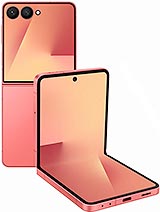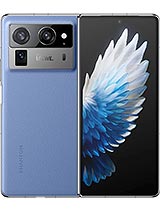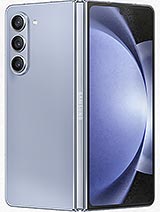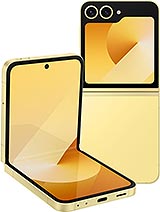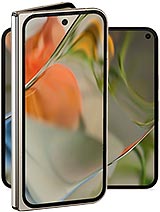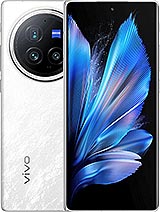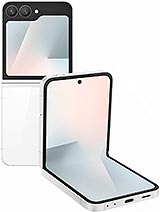Motorola Razr 50 Ultra alternatives
Tap above to see alternatives.
Samsung Galaxy Z Fold7 alternatives
Tap above to see alternatives.
Motorola Razr 50 Ultra

Motorola Razr 50 Ultra
-
Snapdragon 8s Gen 3
4 nm
-
4000 mAh
45W
-
6.9"
1080x2640 pixels
-
50 MP
4K@30/60fps
- Specs
Samsung Galaxy Z Fold7

Samsung Galaxy Z Fold7
-
Snapdragon 8 Elite
3 nm
-
4400 mAh
25W
-
8.0"
1968 x 2184 pixels
-
200 MP
8K@30fps
-
Specs

1x3.0 GHz Cortex-X4
4x2.8 GHz Cortex-A720
3x2.0 GHz Cortex-A520
2x4.47 GHz Oryon V2 Phoenix L
6x3.53 GHz Oryon V2 Phoenix M
12GB 512GB (UFS 4.0)
16GB 1024GB (UFS 4.0)
f/1.7, 24mm (wide), 1/1.95", 0.8µm, dual pixel PDAF, OIS
50 MP
f/2.0, (telephoto), 1/2.76", 0.64µm, PDAF, 2x optical zoom
Samsung S5KHP2, f/1.7, 24mm (wide), 1/1.3", 0.6µm, multi-directional PDAF, OIS
10 MP
Samsung S5K3K1, f/2.4, 67mm (telephoto), 1.0µm, PDAF, OIS, 3x optical zoom
12 MP
Samsung S5K3LU, f/2.2, 120˚ (ultrawide), 1.4µm, dual pixel PDAF
1080p@30/60/120/240/960fps
4K@60fps
1080p@60/120/240fps (gyro-EIS)
720p@960fps (gyro-EIS), 10-bit HDR, HDR10+
f/2.4, (wide), 0.7µm
Sony IMX374, f/2.2, 18mm (ultrawide), 1.12µm
1080p@30/60fps
1080p@30/60fps, gyro-EIS
Sony IMX374, f/2.2, 24mm (wide), 1.12µm
SIM1: Nano, SIM2: eSIM
SIM1: Nano, SIM2: Nano
FDD: N1, N2, N3, N5, N7, N8, N20, N26, N28
TDD: N38, N40, N41, N66, N71, N75, N77, N78
FDD: N1, N2, N3, N5, N7, N8, N12, N20, N25, N26, N28, N66
TDD: N38, N40, N41, N77, N78
FDD: N1, N2, N3, N5, N7, N8, N20, N26, N28
TDD: N38, N40, N41, N66, N71, N75, N77, N78
FDD: N1, N2, N3, N5, N7, N8, N12, N20, N25, N26, N28, N66
TDD: N38, N40, N41, N77, N78
In this comparison, the Samsung Galaxy Z Fold7 with the Qualcomm Snapdragon 8 Elite (3nm) performs better than the Motorola Razr 50 Ultra with the Qualcomm Snapdragon 8s Gen 3 (4nm), thanks to its more efficient chipset.
The Samsung Galaxy Z Fold7 offers 7 years of OS updates, while the Motorola Razr 50 Ultra provides 3 years. When it comes to security updates, Samsung Galaxy Z Fold7 leads with 7 years of support.
Both phones feature AMOLED displays. Moreover, it offers a higher 165 Hz refresh rate for smoother scrolling. Motorola Razr 50 Ultra also has a brighter display with 3000 nits, improving outdoor visibility. Notably, Samsung Galaxy Z Fold7 has a higher resolution display, resulting in sharper visuals.
Samsung Galaxy Z Fold7 has a larger 4400 mAh battery for longer usage. Motorola Razr 50 Ultra supports faster wired charging at 45W. These phones support 15W wireless charging.
Motorola Razr 50 Ultra offers better water and dust resistance with an IPX8 rating.
- Samsung Galaxy Z Fold7 – Check price here

